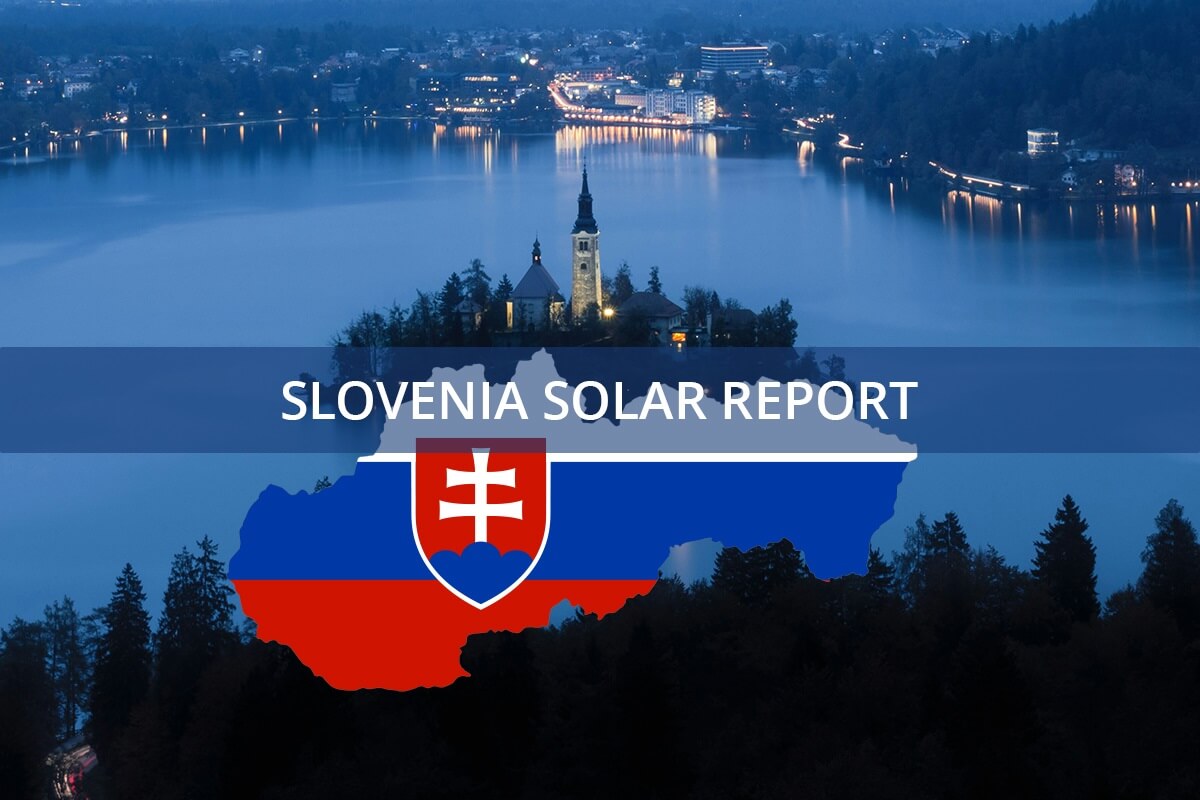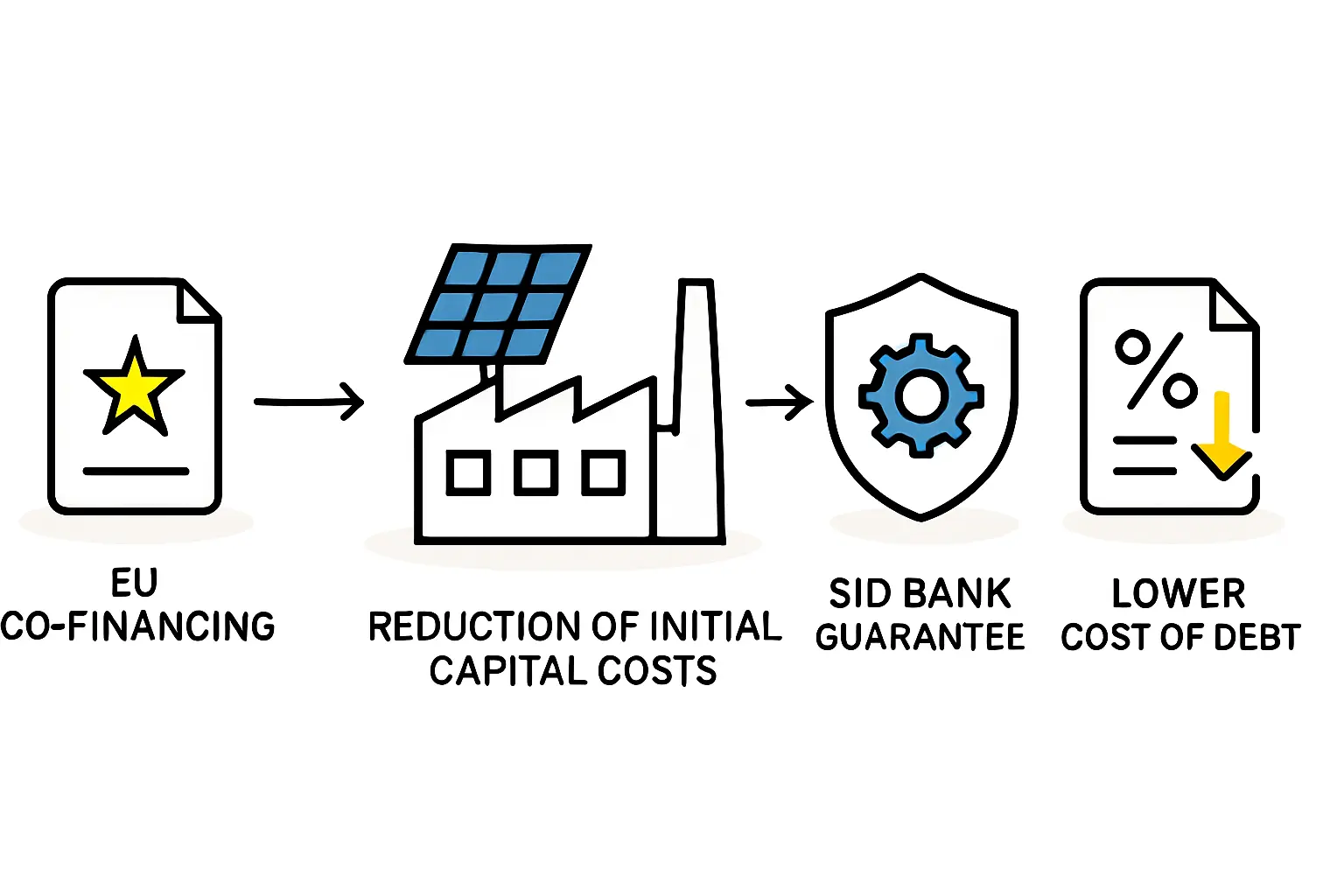Slovenia’s state-owned energy company HSE is set to redefine the renewable energy landscape in Europe. The company has announced plans to build a massive 140 MW floating solar power plant on Šmartinsko Lake near Celje. This ambitious initiative, expected to be the largest of its kind in Europe, represents a significant leap forward in harnessing clean energy. The Floating solar Slovenia: Stunning 140 MW Plant Announced will be constructed in three phases, with the first phase scheduled to begin in 2025.
HSE’s Expansion of Slovenia floating solar
HSE intends to utilize the vast surface of Šmartinsko Lake to boost electricity generation without occupying valuable land resources. The project is a collaborative effort, carried out by its subsidiary Dravske Elektrarne Maribor and supported by the Environmental Protection and Energy Efficiency Fund. The first phase alone will cover an impressive 41 hectares of the lake’s surface and is targeted for completion by 2025.
This project is a cornerstone of the HSE Group’s Ambitious Renewable Energy Slovenia strategy. As the country’s largest producer of hydropower, HSE is now strategically expanding into solar to diversify its green portfolio. The company aims to install floating solar arrays on several other reservoirs, with a goal of generating an additional 1.1 TWh of electricity by 2030.
“Floating solar power plants are an important source of renewable energy, and Šmartinsko Lake is an ideal location for such a facility,” said HSE CEO, Viktor Vračar. “The lake is large enough to accommodate a significant amount of solar panels, and the water helps to keep the panels cool and efficient, boosting their overall energy output.”
Ready to make big Profits?
The solar Industry is Booming
WE HELP NEWCOMERS to the solar industry start their own solar module production line. Customers can make BIG PROFITS by selling modules and finding investors, without wasting money and time on things they don't need!
Phase 1: 41 Hectares of Slovenia floating solar Panels
The initial phase of the project will see 41 hectares of the lake covered with high-efficiency solar panels. These panels, made from carefully sourced Raw Materials, will be mounted on robust floating platforms securely anchored to the lakebed. The entire structure will be engineered to withstand strong winds and waves, ensuring durability and consistent operation.
Once operational, the first phase is expected to generate enough clean electricity to power approximately 50,000 homes. This will contribute significantly to the nation’s climate goals by helping to reduce carbon emissions by an estimated 100,000 tons per year.
“This project is an important step for Slovenia in its efforts to transition to renewable energy,” said Slovenia’s Minister of Infrastructure. “It will help us meet our climate goals and reduce our reliance on fossil fuels.”
Phases 2 and 3: 100 MW of Additional Slovenia floating solar Capacity
Following the initial deployment, Phases 2 and 3 will add another 100 MW of solar capacity to the lake, bringing the total to 140 MW. These subsequent phases are expected to be completed by 2027. This additional capacity is crucial for Slovenia to meet its updated and ambitious renewable energy targets. According to the revised Integrated National Energy and Climate Plan (NECP), the country is aiming for a total of 6.2 GW of solar power capacity by 2030, a goal detailed in the Slovenia Solar Panel Manufacturing | Market Insights Report.
This landmark project builds on the momentum of other significant investments in the country, such as the previously approved Slovenia solar power Project: 30 MW Initiative for a …, demonstrating a clear and sustained commitment to a green transition.
“Floating solar power plants are a great way to make use of Slovenia’s many lakes and reservoirs,” said Žiga Debeljak, director of Dravske Elektrarne Maribor. “This project will show the world that Slovenia is a leader in renewable energy.”
Environmental Concerns for Slovenia floating solar
Naturally, a project of this scale has raised some environmental questions, particularly regarding its potential impact on the lake’s delicate ecosystem, including water quality and aquatic life. HSE has been proactive in addressing these concerns, assuring the public that the project will be designed to minimize any negative effects. The company has committed to conducting comprehensive environmental impact assessments and will implement a regular monitoring program to ensure the long-term health of the lake is preserved.
“This project is an example of how renewable energy can be used in a way that is both environmentally friendly and economically beneficial,” stated HSE spokesperson, Marko Kranjc. “HSE is committed to ensuring that the project is a success on all fronts.”
Conclusion
Slovenia’s plan to build a 140 MW floating solar power plant on Šmartinsko Lake is a bold and visionary step towards a sustainable future. The project not only helps the country advance its renewable energy goals but also serves as a powerful example of innovative land use. By reducing carbon emissions and providing clean electricity to thousands of homes, this initiative positions Slovenia as a pioneer in floating solar technology. With careful planning and diligent environmental oversight, the Šmartinsko Lake project is poised to become a benchmark for large-scale renewable energy development in Europe and beyond.
If this project inspires you to learn more about the technology and business behind solar energy, consider enrolling in our comprehensive Free E-Course to deepen your understanding of the solar industry.


